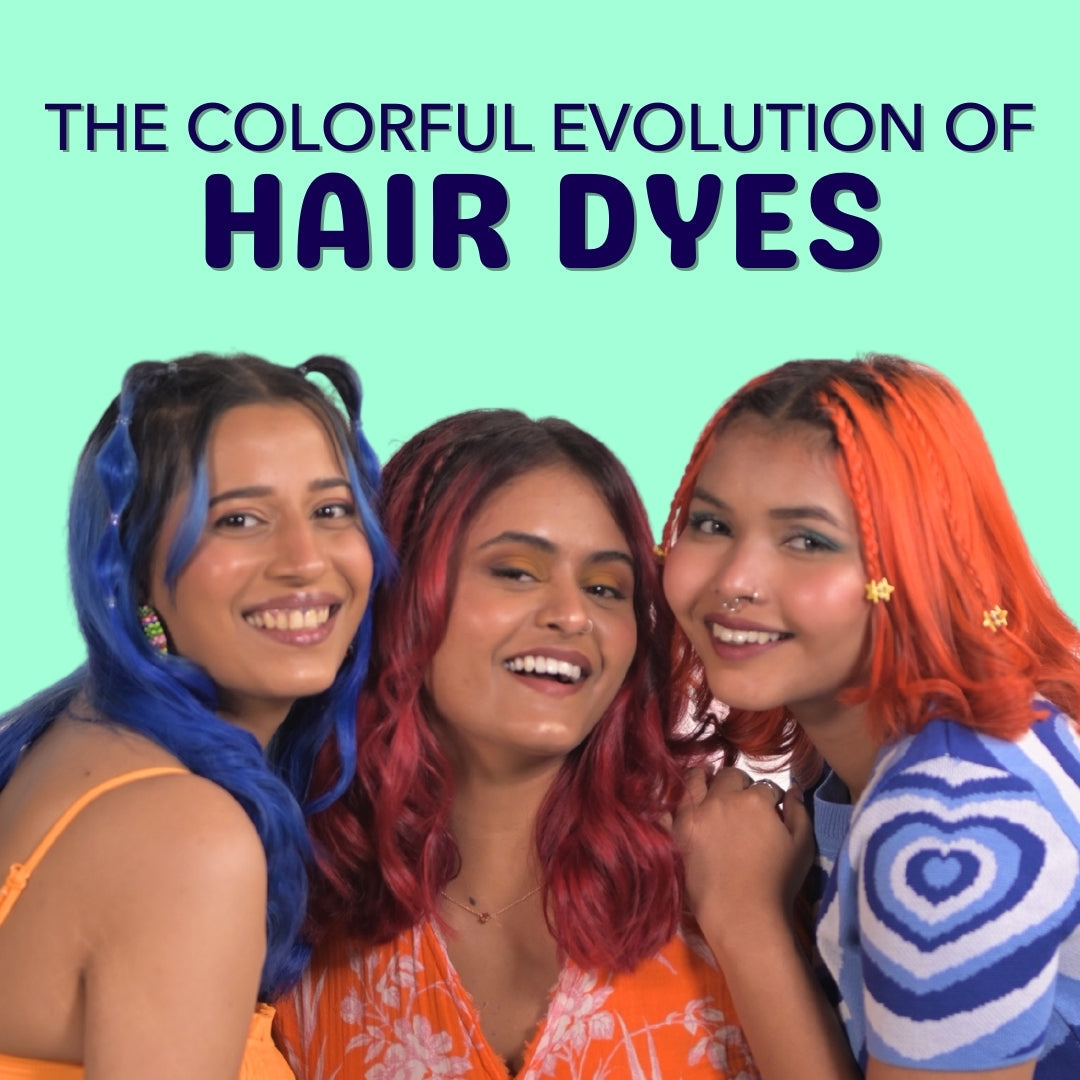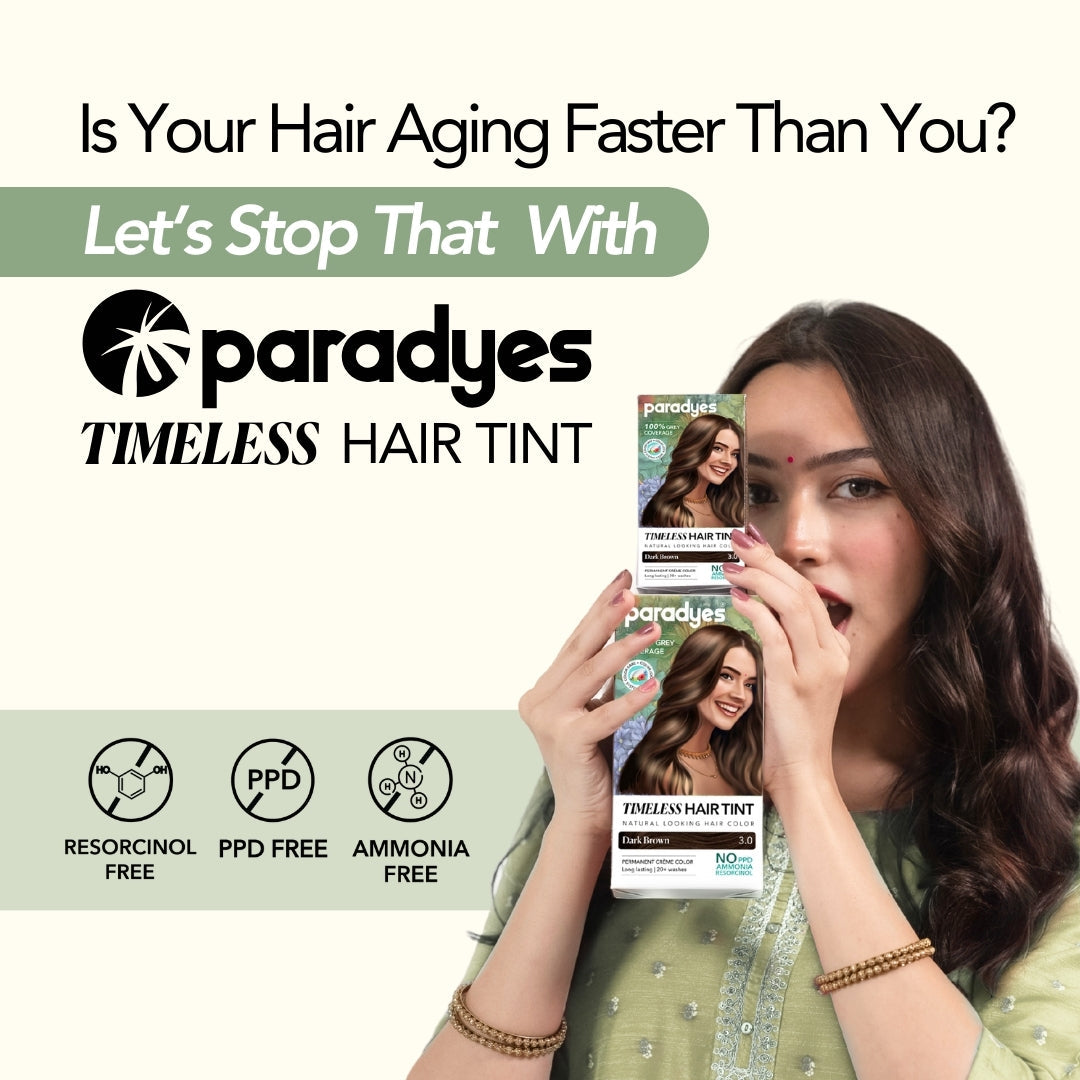Ancient Greeks and Romans were eager to dye their hair darker, using a mixture of lead oxide and calcium hydroxide to give their hair a deep black tint. When this was discovered to be toxic, they switched to using fermented leeches.
Golden hair was mainly looked down upon by women of respectable households, but over time, they too desired sensual golden hair, largely to keep their men from straying. Roman women were known to use potent Scandinavian recipes to lighten their hair, leaving strong alkali mixtures on their heads for extended periods, which would often end up burning their hair or result in complete hair loss. It was also not uncommon to leave lightening mixtures in their hair and expose it to the sun (for an added bleaching effect)- In fact, some women would suffer serious sunstrokes and nose bleeds as a result of their extreme hair lightening attempt.
On the other hand, the Gauls devised a method to tint their hair a flaming red, using a mixture of beechwood ash and animal fat. Their fiercely red locks were meant to make them seem more fearsome in battle. Natural red hair wasn’t found until the Dark Ages, when a case of genetic mutation in Scotland leads to redheads. Even then, people with red hair were largely suspected of being witches, and red hair only started becoming acceptable when Queen Elizabeth I took to the throne and popularized it.
Until the 1800s, dyes continued to be plant and animal-based, or even toxic chemical compounds that were painstakingly tough to apply. This changed when William Henry Perkin accidentally invented the first synthetic dye while attempting to generate a cure for malaria. A lovely purple hue, he named it Mauveine, which later became the foundation for modern-day hair dyes. In 1907, chemist Eugene Schueller developed the first ‘safe’ chemical hair dye for commercial purposes and went on to name it L’Oreal.
In the early half of the 20th Century, stars like Jean Harlow made the platinum blonde look a raging trend, compelling women across the country to go blonde. Although, Harlow never officially admitted to having colored her hair, and hair dyes remained associated with vanity, a trait that was unbecoming on respectable housewives. For this reason, salons would provide back door entrances for clients wishing to color their hair. To make this affair even more discreet, at-home color kits gained popularity.
Eventually, in the 70s and 80s, stars such as Cyndi Lauper and David Bowie made it acceptable for one to flaunt fiercely colored hair, paving the way for different shades and techniques in the 90s. With the dawn of the new millennium, ‘fashion’ colors such as pink and blue started becoming commonplace, and were no longer just limited to ‘punks’. Fast forward to the present day, technicolor hairstyles like rainbow and mermaid hair are all the rage, with pop stars, and Korean musicians giving us new hair trends almost every week.
What started as a painful, complicated affair has now become easy, accessible, and hassle-free, with more options in terms of shades and styles than ever possible before.





